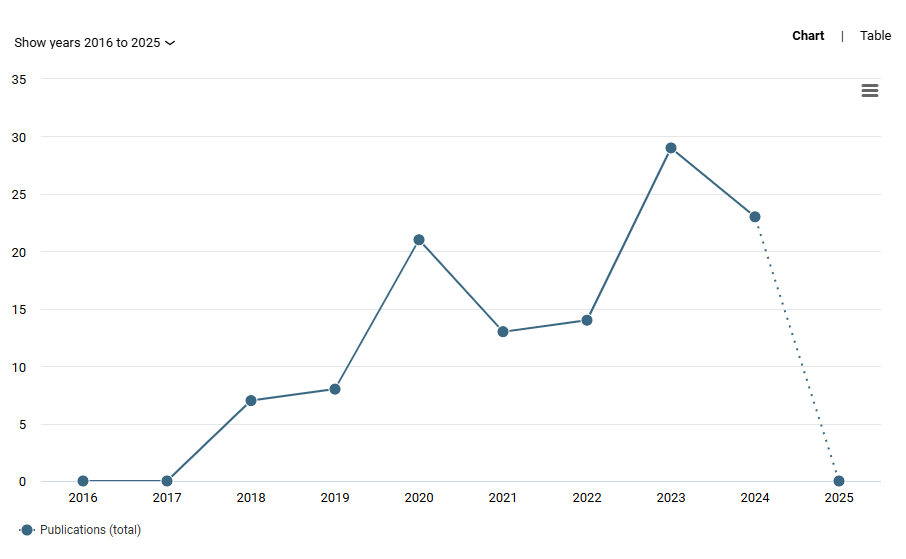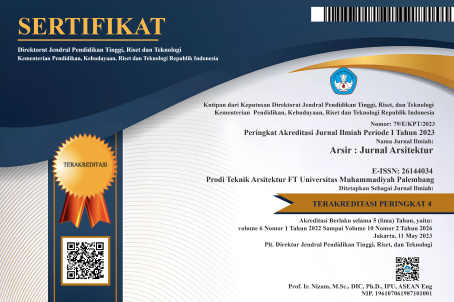A Study on the Development Stages of Post-Earthquake Family Housing in North Lombok Regency from 2018 to 2022
DOI:
https://doi.org/10.32502/arsir.v9i1.205Keywords:
post-disaster, temporary shelter, room adjustmentAbstract
Five years after the 2018 Lombok earthquake, several temporary shelters and even emergency ones still exist and are being used by the community, despite the fact that the majority of them have relocated to permanent housing. In Dusun Boyotan, one extended family continues to utilize their post-earthquake dwellings, incorporating various functions related to building sustainability and cultural suitability. This research aims to present an up-to-date survey that identifies the stages of house development and explores how residents adapt to post-earthquake dwellings, as well as the reasons behind these changes. The research method employed in this study is a qualitative case study approach. Data was collected through in-depth interviews and a study of the resident's perceptions of their dwellings before and after the earthquake. The research findings indicate that the transition from emergency shelters to temporary housing involves the use of locally available materials and construction methods in the affected area. Furthermore, residents experienced an improvement in housing quality through the provision of permanent dwellings that adhere to national standards by the Indonesian government. The process of housing adaptation carried out by an extended family over four years involved behavioral adaptation and spatial adjustment in response to each housing stage and the use of new materials.
Downloads
Published
How to Cite
Issue
Section
License
Copyright (c) 2025 Andi Karina Deapati, Dahniar, Elvita Bellani

This work is licensed under a Creative Commons Attribution-ShareAlike 4.0 International License.
Arsir: Jurnal Arsitektur (AJA) have CC-BY-SA or an equivalent license as the optimal license for the publication, distribution, use, and reuse of scholarly work.
Authors who publish Arsir: Jurnal Arsitektur (AJA) agree to the following terms: Authors retain copyright and grant the Arsir: Jurnal Arsitektur (AJA) right of first publication with the work simultaneously licensed under a Creative Commons Attribution License (CC BY-SA 4.0) that allows others to share (copy and redistribute the material in any medium or format) and adapt (remix, transform, and build upon the material) the work for any purpose, even commercially, with an acknowledgement of the work's authorship and initial publication in Arsir: Jurnal Arsitektur (AJA). Authors are able to enter into separate, additional contractual arrangements for the non-exclusive distribution of the journal's published version of the work (e.g., post it to an institutional repository or publish it in a book), with an acknowledgement of its initial publication in Arsir: Jurnal Arsitektur (AJA). Authors are permitted and encouraged to post their work online (e.g., in institutional repositories or on their website) prior to and during the submission process, as it can lead to productive exchanges as well as earlier and greater citation of published work (see The Effect of Open Access).
![]()
Work is distributed below This work is licensed under a Creative Commons Attribution-ShareAlike 4.0 International License.










